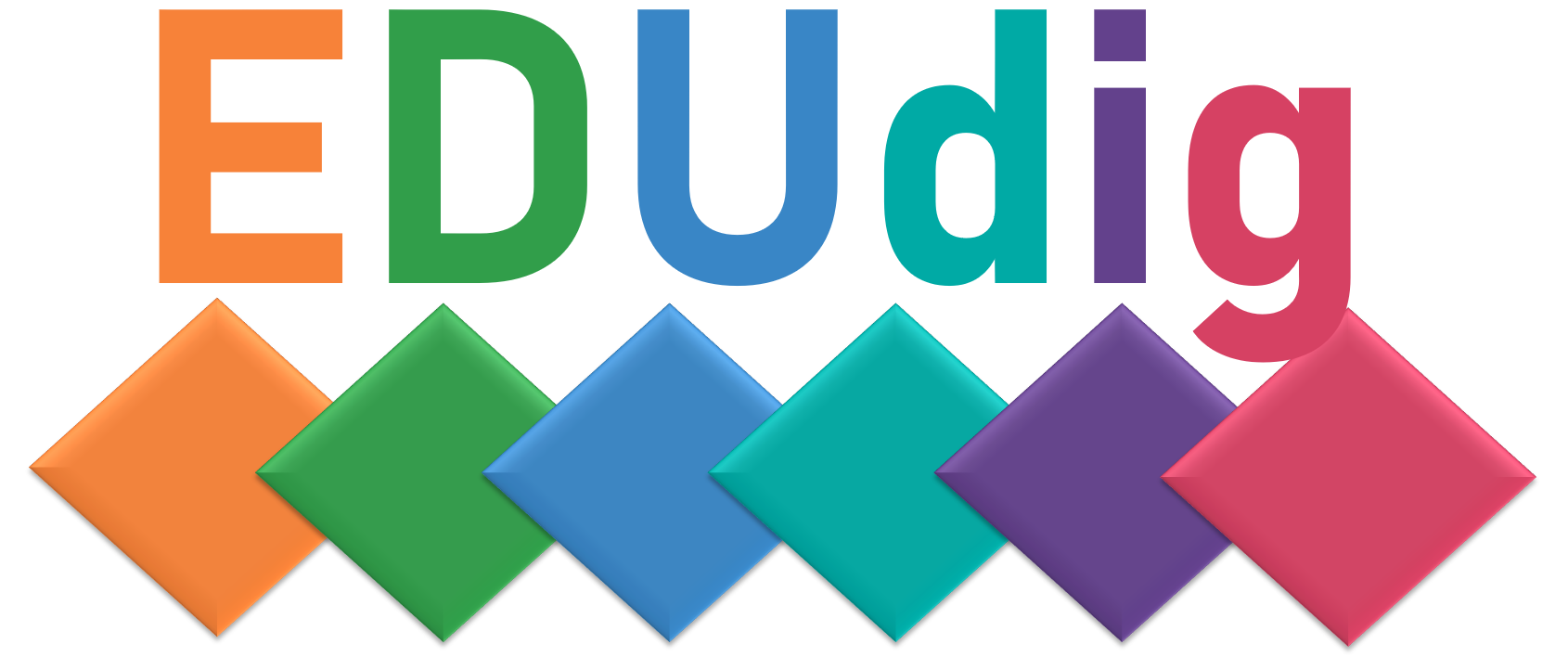As an educator, you work hard to motivate students to engage. The student response approach includes different methods to encourage students to actively participate. In this context the use of so-called student response systems (SRS) is helpful. Student response systems (SRS) are systems that enable the simultaneous collection of individual feedback. Educators can easily pose questions and gather students’ responses in real-time.
SRS can be used even in large groups. The primary goal of SRS is to increase the interactivity between the lecturer and his/her audience (students). SRS helps to actively ask for feedback and to motivate students to participate in class, i.e. via quizzes and polls.
These systems offer support on various levels:
Activate listeners
- speed control: ask students whether the lesson should be speeded up or slowed down.
- generate focus and activate listeners: i.e., open the lesson with a start question and reflect on the answers.
Content reflection
- content reflection: check understanding and identify knowledge gaps.
- collect opinions: easily check different opinions on a topic.
Peer discussion
- peer discussion: students answer the same questions before and after a peer discussion – reflect on the different results.
Course management
- course management: involve students in the design of the course through collecting feedback on open questions/issues.
Student generated content
- develop questions for future use in the SRS: Students generate questions, answers and explanations on specific topics of the course. The lecturer acts as a project supervisor who analyses the questions to make a suitable selection of them available to the students in the next semester.
SRS offers teachers the opportunity not only to teach their content to the students but also to test and promote their understanding of the content through SRS questions. Regardless of whether it is a small group or a large audience, teachers can design their lessons in an active and feedback-oriented way
SRS are integrated in the teaching and learning systems of your institution – f.e. MS Teams, Zoom, Moodle.
Possible Student Response Systems (SRS) are:
- ARSnova from Particify: https://particify.de/en/
- eduVote is an application for smartphones; it can be integrated into power point presentation; anonymous participation is possible: https://www.eduvote.de
- feedbackr: no app needed; anonymous feedback possible: https://www.feedbackr.io/education/
- FreeQuizDome: no app needed; picture response possible; drawings on virtual whiteboard: https://freequizdome.com/index.htm
- Tweedback: quizz; chatwall; panic button: https://tweedback.de
- UniDoodle: draw questions and answers: unidoodle.com
- Wooclap: 20 different interaction options; synchronous/asynchronous learning; anonymous participation; share content: https://www.wooclap.com/de/
- GoSoapBox: it can be used anonymously for the students, but teachers can still see who is answering; it includes a ‘confusion meter’ that indicates how well the students have understood the topic: https://www.gosoapbox.com
- Mentimeter: interactive polls, quizzes: https://www.mentimeter.com
- Quizizz: quizzes: https://quizizz.com
